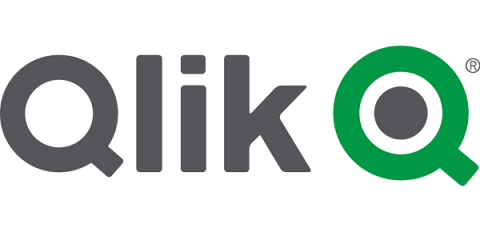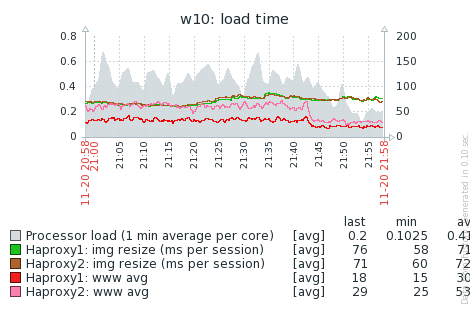Yellowfin 9: Our new developer platform
Seek, who is one of our customers, came to us with a laundry list of functionality that their developers wanted. Like many enterprises, they have their own developers who are asked to deliver a design for their UX team and they need and environment where they can do that. They didn’t want us to worry about the UI, they just wanted the ability to code what they wanted directly into the Yellowfin dashboard environment, so we created Yellowfin 9 Code Mode which is our developer platform.










